How and when to transplant plums?
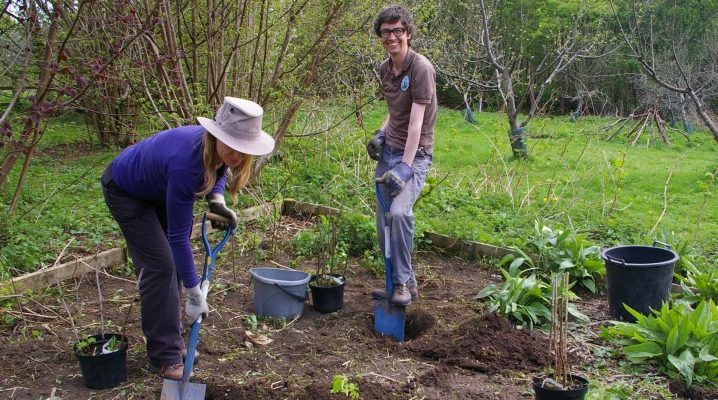
Plum is a fruit tree that does not need much maintenance. She rarely gets sick and bears fruit well. Problems for gardeners arise only at the moment when the plant has to be transplanted. At this time, in order not to harm the tree, you need to follow the advice of more experienced people.
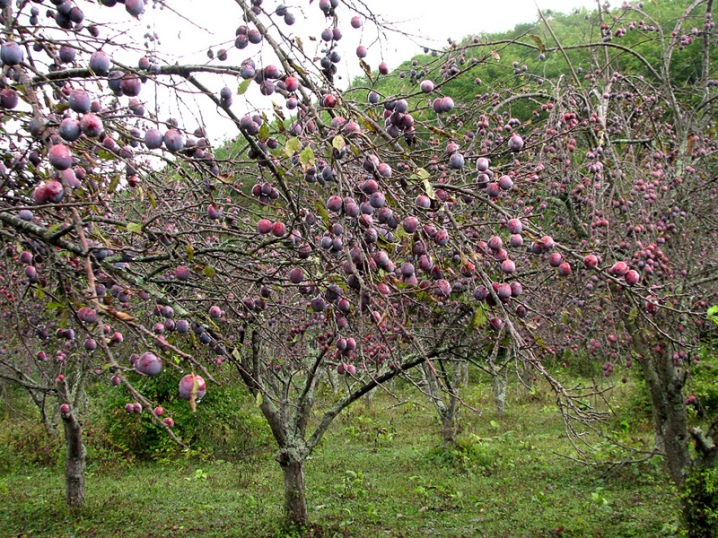
The need for a procedure
Plum trees do not need to be repotted very often. There are several main reasons for replanting young plants to a new location.
- The tree planting angle was not selected correctly. In this case, it bears poor fruit and grows slowly. Usually, the tree is transplanted if the plant is in the shade or poorly pollinated.
- The owners of the site are moving and want to take their favorite plant with them.
- Construction is planned on the site. To save an old tree, it is usually moved to another location.
It is recommended to replant plums only at an age when the seedlings are already well developed and strong enough. Then the plant will take root perfectly.
Most often, one-year or two-year plums are transplanted.
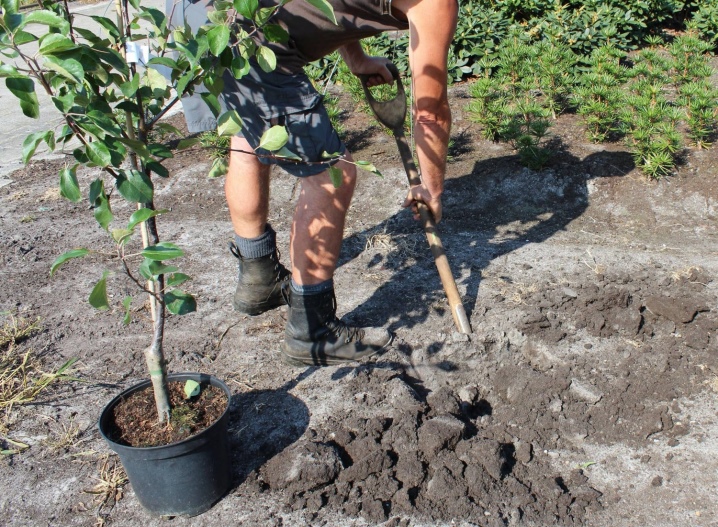
When is the best time to transplant?
Plums, like other trees and shrubs, can be planted on a new site in both spring and fall. When choosing the right moment for this procedure, it is important to take into account the peculiarities of the regional climate.
In the spring, you need to wait for the moment when the soil on the site warms up well. In this case, you need to be in time before the first buds appear on the tree. The optimal time for transplanting fruit trees in spring is mid-April. In cold regions, this procedure can be postponed until May or even early June.
In the fall, the plums need to be transplanted before the first frost. In the northern regions of the country, they come earlier. Therefore, local gardeners usually replant trees at the end of September. In the Moscow region and in the Leningrad region, this process can be postponed until mid-October. In the southern regions, trees are replanted at the end of the month.
Many gardeners, choosing the number for transplanting plums, are guided by on the lunar calendar. This helps them to more accurately determine the appropriate time frame for this procedure.

Seat selection
The new site, on which the plum will grow and develop, must be correctly selected. It is worth remembering that these fruit trees love warmth and sunshine. Therefore, they should not be planted in the shade. The site must be protected from the wind. Plum is usually planted behind a house or some other building.
You should also pay close attention to the choice of "neighbors" for the young plum. Apples, pears or cherries can be found next to this fruit tree. The plant will feel good in the same area with poplar, birch or fir. For higher yields, plums are recommended to be planted in groups. There should be at least two trees on the site that bloom at the same time and can pollinate each other.
The plum should grow on sandy or loamy soil. If it is too acidic, it must be deoxidized. To do this, dolomite flour or chalk is added to the dug soil. This is usually done in the spring.
But lime for this purpose should not be used. It can burn the roots of a young tree.
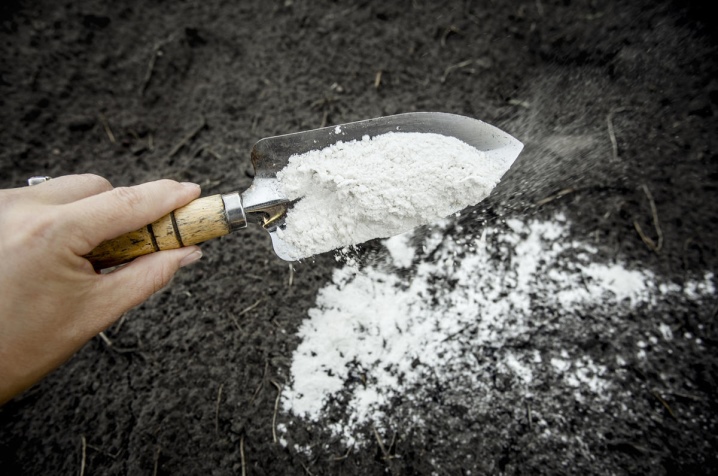
Transplant technology
Even a novice gardener can easily transplant a plum to a new place. The main thing – follow simple step-by-step instructions.
First, you need to carefully dig out the plum. Plants up to 5 years old can be transplanted. The roots of the tree must be carefully cleaned of dirt. Dry shoots must be carefully cut off. If the plant is planned to be transferred to a new site, its roots must be wrapped with a wet rag. This is done so that the rhizome does not dry out. Before planting, it is usually dipped in a slurry of clay and earth.
Then you can go to the main process. At the same time, it is very important to take into account the peculiarities of the chosen season.
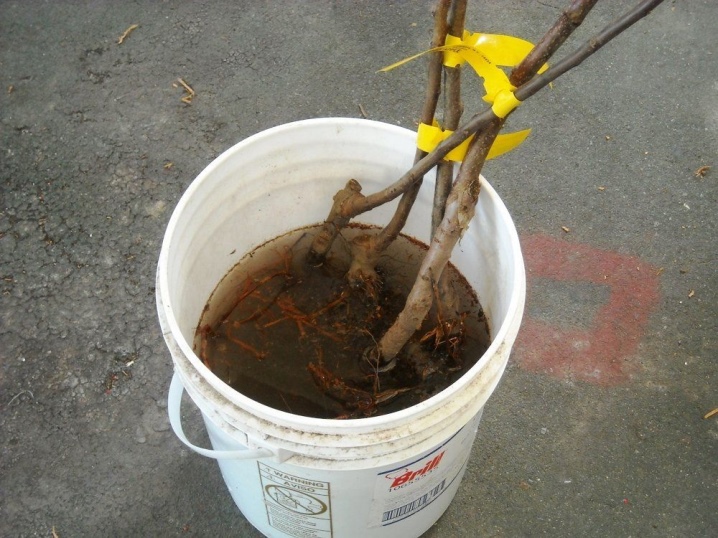
In autumn
Autumn transplanting begins with the correct preparation of the site. This is done 3 weeks before the main work. The area needs to be cleared of debris. In a place chosen in advance, it is necessary to dig a hole of a suitable size.
The bottom of the pit must be covered with a drainage layer. For this, you can use broken brick or fine gravel. This will protect the roots of an adult plant from excess moisture. Rotted compost or humus should be laid on top of the drainage layer.
On top, everything can be additionally sprinkled with high-quality wood ash.
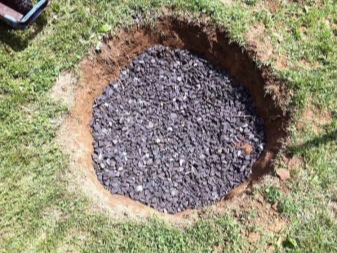
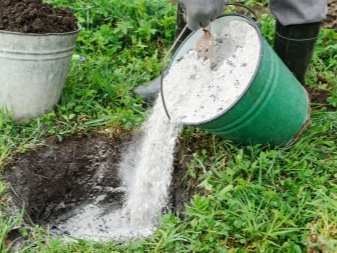
The top dressing layer must be covered with earth, the roots should not come into contact with it... Further, a high stake must be driven into the center of the pit. The trunk will be tied to it in the future. This will help the plant take root faster. If replanting mature trees, you can skip this step.
Next, the plant must be placed in a planting hole, and then covered with earth. It must be tamped well. The trunk of a young plum must be tied to a stake. Next, the tree must be watered abundantly. The area near the trunk can be well mulched with dry hay or peat. This is done to retain moisture in the soil and to protect the tree from weeds and winter frost.
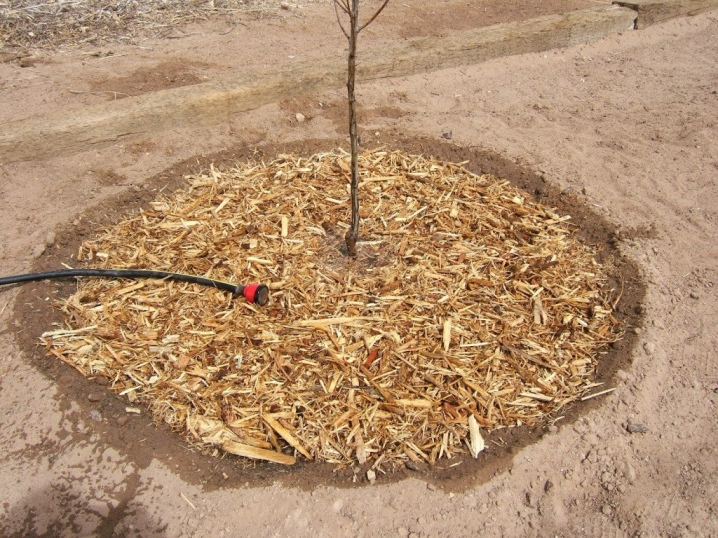
In the spring
A spring tree transplant is practically no different from an autumn one. The plum pit should be properly harvested in the fall. In order for the plant to take root faster, in addition to humus and wood ash, it is also worth adding potassium salt and superphosphate to it.
In the spring, when the soil warms up well, the plant can be planted in a hole. Since the ground is still wet at this time due to the melted snow, the gardener will need less water to water the tree.
When watering the plum after transplanting, you need to make sure that the water near the trunk does not stagnate.
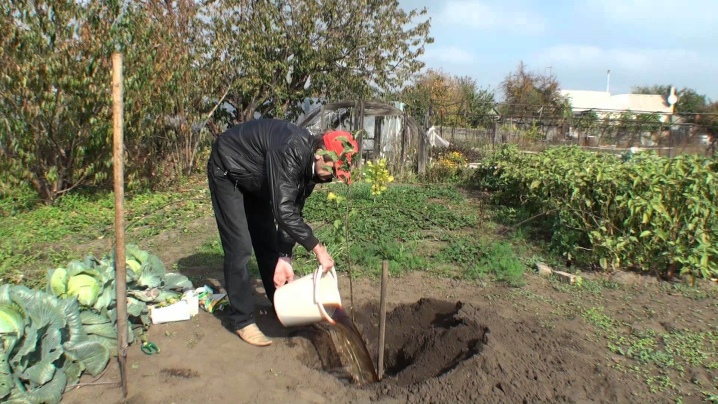
Follow-up care
In order for the plum to take root in a new place, after transplanting it needs to be provided with proper care.
- Watering... If the plum was transplanted in the spring, after the procedure, the plant should be watered once a week. In hot weather, the amount of watering is increased. About 5 buckets of water are usually poured under one adult tree. After each watering, the soil is always well loosened, and the near-trunk circle is cleared of weeds.
- Pruning... At first, after transplanting a young plum, its branches may not grow correctly. Therefore, they need to be pruned regularly. This will help form a beautiful and neat crown. The branches should be pruned while they are still young. In this case, the procedure will not harm the plant. After removing excess branches, the cut sites must be treated with garden varnish.
- Top dressing... After transplanting a plum, it does not need additional feeding, because there is enough fertilizer in the planting pit. The plum will have to be fed only in the second or third year after the transplant.
- Preparing for winter. In order for a tree recently transplanted to a new site to survive frosts, it must be properly prepared for winter. The barrel must be whitewashed to protect it. In the process, you can use both a purchased solution and one prepared at home. A product made of clay and lime is suitable for processing wood. In some cases, a little copper sulfate is added to it. Before the first frosts, the trunk is insulated with dry straw and covered with burlap or agrofibre. The selected material must be carefully secured with a rope so that in winter it is not blown away by a gust of wind.
If everything is done correctly, the plum will delight the owners of the site with a good harvest the next year after transplanting.
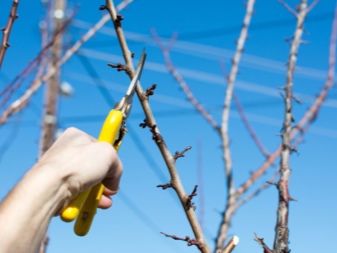







The comment was sent successfully.